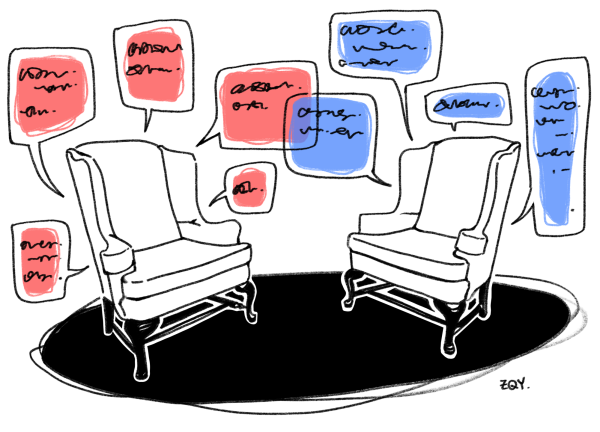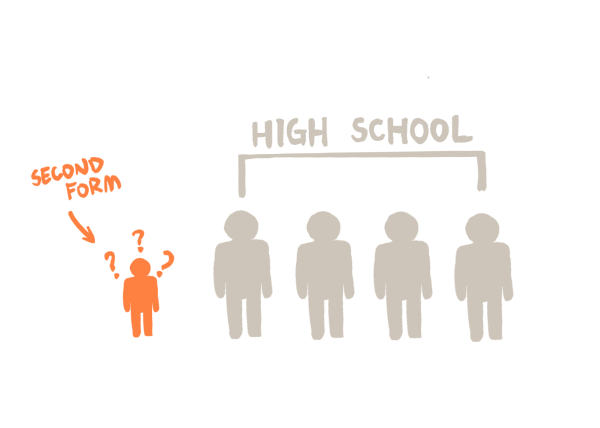Standardized Tests Reimagined
It’s January of 2020. My team bus slowly maneuvers the icy New England roads on the way home from a hockey game, and I begin to doze off while my “to-do list” for the next day sits on my computer screen. Suddenly, a loud DING on my computer wakes me up. It’s an email from American College Testing (ACT), and the subject line reads “Your scores are posted!” I rapidly type my ACT username and passcode in and my new scores are presented. Phew! I reached my goal. After spending about $1,190 on ACT prep books, prep courses, and multiple tests, I am finally satisfied with my results. I feel a huge sense of accomplishment for a few minutes, but as the snow falls heavier and the ETA gets pushed later and later, I begin to wonder if this score properly depicts me as a student. I wonder how different my score would have been if my family couldn’t afford to pay for prep materials, or if my parents could only afford to pay for one ACT attempt.
Not only does the current standardized test system not effectively test intelligence, but it gives more affluent kids with access to test prep, tutors, and multiple attempts at the test an unfair advantage. ACTs need to be taken out of the application process, and I don’t believe simply going “test-optional” will solve any problems. There is an indisputable correlation between household income and ACT scores. According to the ACT’s Condition of College and Career Readiness 2016 report, students with a family income of greater than $80,000 had an average score of a 23.4 while the students with a household income of less than $80,000 had an average score of a 19.8. Why is there such a close correlation between family income and ACT scores? Money. On average, in-person ACT prep courses, online courses, prep books, and tests combine to cost approximately $1,000. According to American College Testing, ACT prep activities are associated with 2.5 to 5.8 point increases in ACT composite scores. For an average American family living on the poverty line, appropriate preparation for one ACT test consumes about 22% of the week’s earnings. For a student to take the test at least three times—which is widely recommended—a family on the poverty line would have to spend 54% of their one week’s earnings (before taxes) to fund ACT activities. Colleges are aware of this discrepancy and are trying methods to make the admissions process more fair—the “test-optional” model is one of these strategies.
Although I do think the ACT system is flawed, solely going test-optional is not a viable solution as standardized tests do give admissions officers a better idea of applicants than transcripts and essays can alone. There are so many different high schools around the country and it is impossible to create a system where all schools grade with the same rigor, so I believe there must be some test that standardizes all students and separates them into percentiles. One of my closest friends transferred to Groton after spending his freshman and sophomore years at a local public high school, and he’d be the first one to say that an “A” at Groton is a lot different than an “A” at his public school. That poses the question: how can we institute a system to standardize all applicants without giving students who come from more affluent families an unfair advantage?
My proposal is to create a standardized test that is administered by the federal government—specifically not private companies like ACT or SAT. Whatever they might claim, these companies’ main objective is to create revenue. According to their 2016 tax returns, the “non-profit” ACT and SAT companies combined to have a total revenue of $1.75 billion. While it is impossible to eliminate all class bias in standardized testing, the elimination of private companies’ incentive to make a profit off prep resources would balance the process as much as it can be. Yes, affluent families would still hire tutors, but the government would reassess the way taxpayer money is spent in order to provide study materials to each high school so that driven students may study as much as they are willing. In this system, each college gets to evaluate each kid equally, and every student gets to study and take their tests on a level playing field, free of charge. Although my proposal wouldn’t create a perfectly equal process (which is impossible), it does go a long way in addressing the massive inequality in the college admissions status quo.











